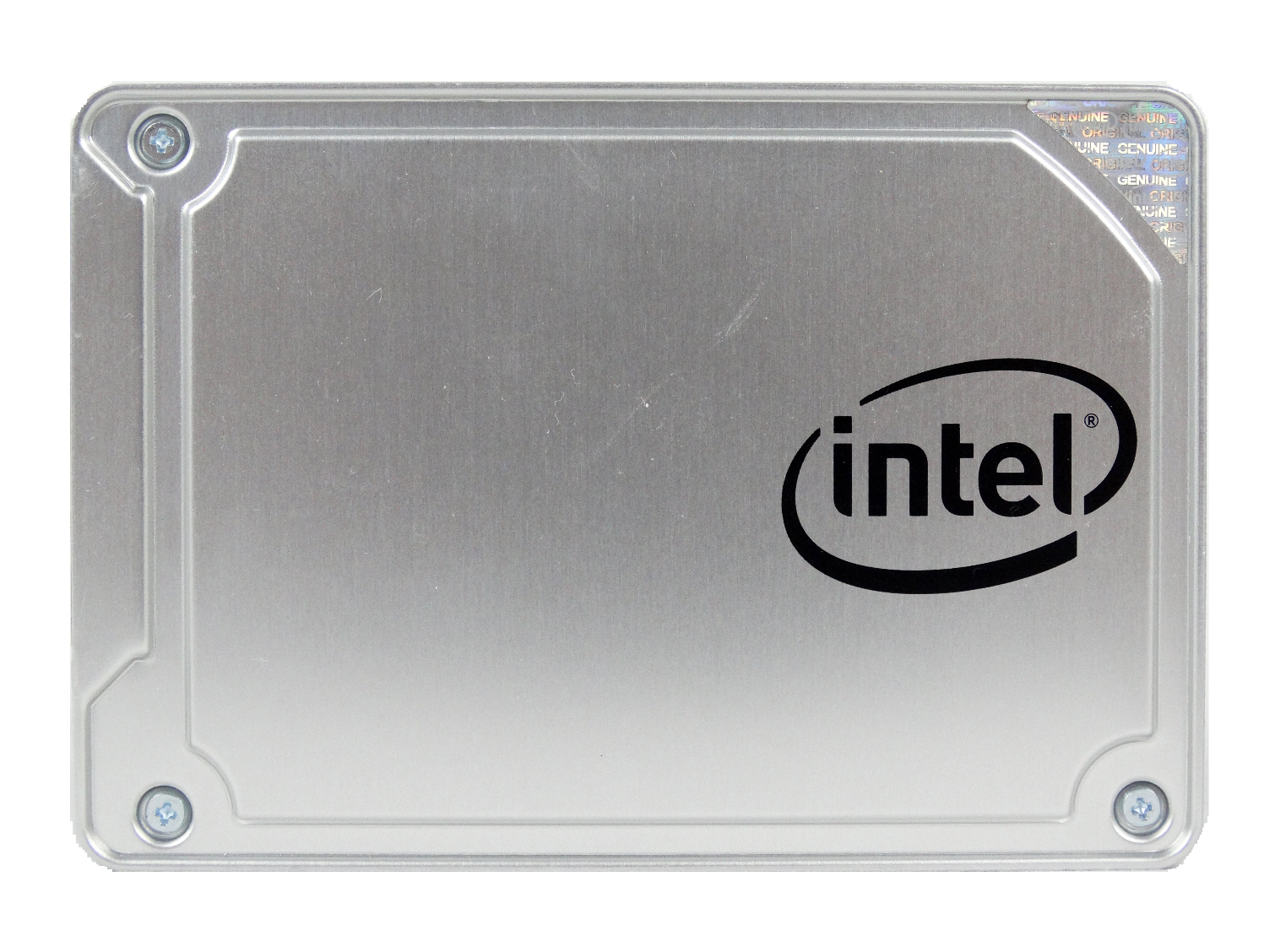Intel SSD 545s Review
Why you can trust Tom's Hardware
Conclusion
Intel isn’t trying to break any speed records with the new 5-Series SSDs. As a mainstream product, the 545s just needs to be good enough rather than the best. Companies will buy this product at a discount to fill notebooks and other systems based on Intel’s reliability record alone. I would only use Intel SSDs if reliability were my main concern. More informed users may opt for the Samsung 850 EVO due to its increased performance, but we are the minority compared to the millions of units that go to large corporations.
Intel prices the 545s 512GB at $179 right out of the gate. This isn’t a magic number for SSDs, but Intel didn't pull if from a hat, either. Newegg lists the Samsung 850 EVO 500GB for $179 at the time of writing. The EVO is an elusive target that has led the market unscathed for years while other SATA products took shots. Intel will have to adjust 545s pricing lower than the 850 EVO or increase performance through firmware optimizations for our readers to choose this drive over the status quo. However, lowering prices goes against Intel's core philosophy. Intel isn't known for chasing the market.
Intel’s follow-up product may be what we need to put the 850 EVO, and SATA for that matter, behind us for good. According to the leaked roadmaps that hit the web last year, an updated 600p should come to market under the 610p name. The drive should feature an updated controller and the new 64-layer NAND we saw in action today. Intel made significant performance gains with the 545s over the previous generation, especially in sustained write throughput. An updated 600p with a more powerful controller, new firmware with direct-to-die write technology, and new 64-layer NAND would certainly be compelling. Intel even reduced the price of the 545s compared to the previous generation. We wouldn’t complain if the new 610p comes to market at a lower price than the current 600p.
I think NVMe is the best upgrade path for most of our readers. SATA will remain viable for several more years; it took years to get rid of Parallel ATA ports on motherboards. SATA is still going strong in notebooks and desktops, but power users, enthusiasts and gamers flock to two extremes. The first is a very high-performance SSD for a boot device, and the second is a very high capacity drive to hold applications. The 545s sits right in the middle.
In the coming months, Intel will release the 545s in higher capacities that top out at 2TB. We hope Intel learns from the 512GB and takes a long look at pricing compared to other products on the market. Ideally, we would like to see the 545s 2TB sell for less than the 850 EVO. The 545s becomes exciting with 2TB of flash ready to hold a Steam Library, but pricing will play a large role in our enthusiasm.
MORE: Best SSDs
MORE: How We Test HDDs And SSDs
Get Tom's Hardware's best news and in-depth reviews, straight to your inbox.
MORE: All SSD Content

Chris Ramseyer was a senior contributing editor for Tom's Hardware. He tested and reviewed consumer storage.
